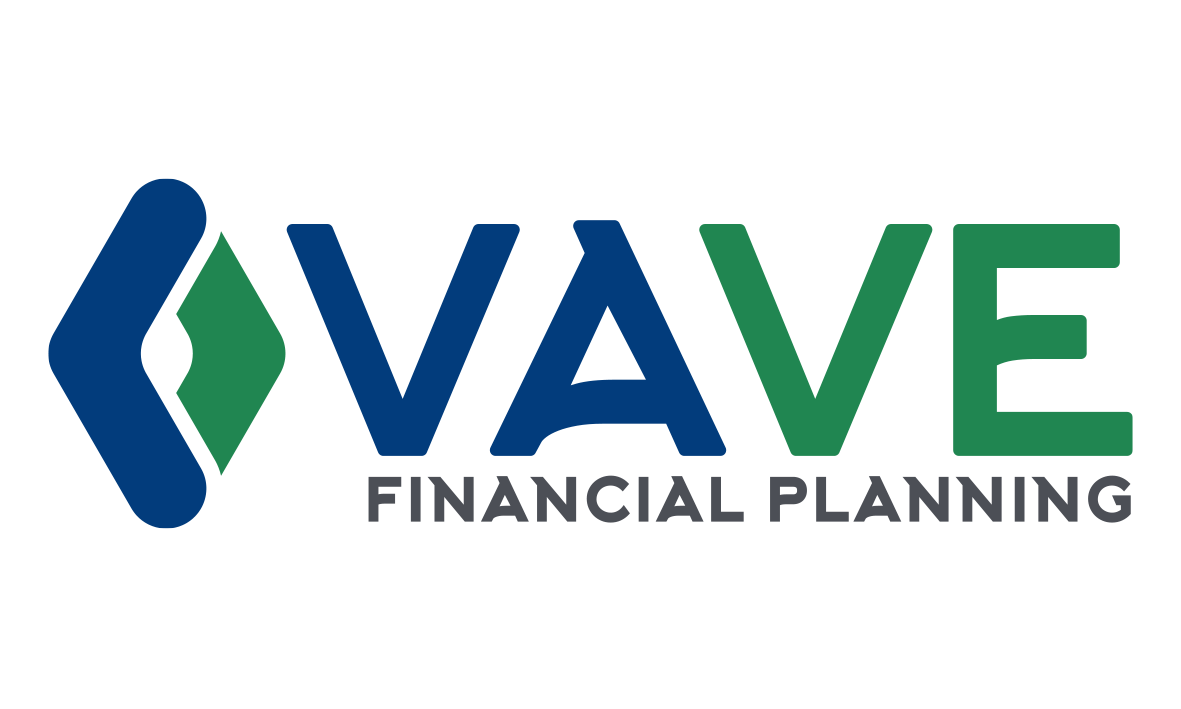Choosing whether to invest primarily in RRSPs or TFSAs for retirement can make a big difference on how much retirement income you will have.
How Canadians currently use TFSAs
TFSAs are often misunderstood. Roughly, 1/3 of Canadians have contributed to TFSAs and out of the total TFSAs across Canada, 80% are in GICs or HISA (High-Interest Savings Accounts). Most people view TFSAs as a place to put a little bit of extra cash or to fund short term purchases such as a basement renovation or vacation. This is one way to utilize your TFSA, however, I believe that to fully maximize the tax-free advantages, the account is best used for investing over the long term (similar to a retirement account).
Example of putting investments into TFSAs versus in a Savings Account:
If you started saving $5,500/year and invested in an investment portfolio earning 6%, after 25 years, your TFSA would be $301,755. ($164,255 of which was tax free investment growth)
However, if you saved $5,500/year in a 1% High Interest Savings Account, after 25 years, your TFSA would be $155,338. ($17,838 of which was tax free investment growth).
TFSA vs. RRSP as a Retirement Account
The RRSP program has long been the default retirement program for most Canadians but is it the best retirement solution? Although it has been around since 2009, the TFSA program, with a 2018 limit of $57,500 ($5,500 is added to the limit annually) is sizeable enough to be given serious thought as a retirement or long-term savings plan.
“As a general rule, if your tax bracket is higher now than it will be when you retire, you should contribute to the RRSP. If your tax bracket is currently lower than when you retire, you should contribute to the TFSA.”
Without getting into the nitty gritty details, as a general rule, if your tax bracket is higher now than it will be when you retire, you should contribute to the RRSP. If your tax bracket is currently lower than when you retire, you should contribute to the TFSA. For example, if you are expecting a solid pension when you retire, you may not want to have any RRSPs since future withdrawals and pension income are both considered taxable income (possibly pushing you into a higher tax bracket).
One additional benefit of using the TFSA as a retirement vehicle is that when you are retired, TFSA withdrawals will not affect your taxable income, unlike the RRSP which, if sizeable enough, could lead to OAS clawbacks or clawbacks of other government benefits.
There is also nothing stopping you from using both the RRSP and TFSA programs. One strategy some people use is to make an RRSP contribution to get a tax return, then use the tax return to fund your TFSA.
Summary
Depending on your current tax bracket and where you expect your tax bracket to be when you retire, TFSAs can be the best program for retirement. It is currently underutilized and misunderstood as a short term savings account for most Canadians and as such invested into very low returning products such as GICs and HISA. I believe that investing in a TFSA for the long term, with a diversified low cost portfolio, is part of a solid retirement solution for most Canadians.

